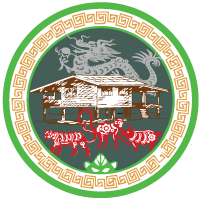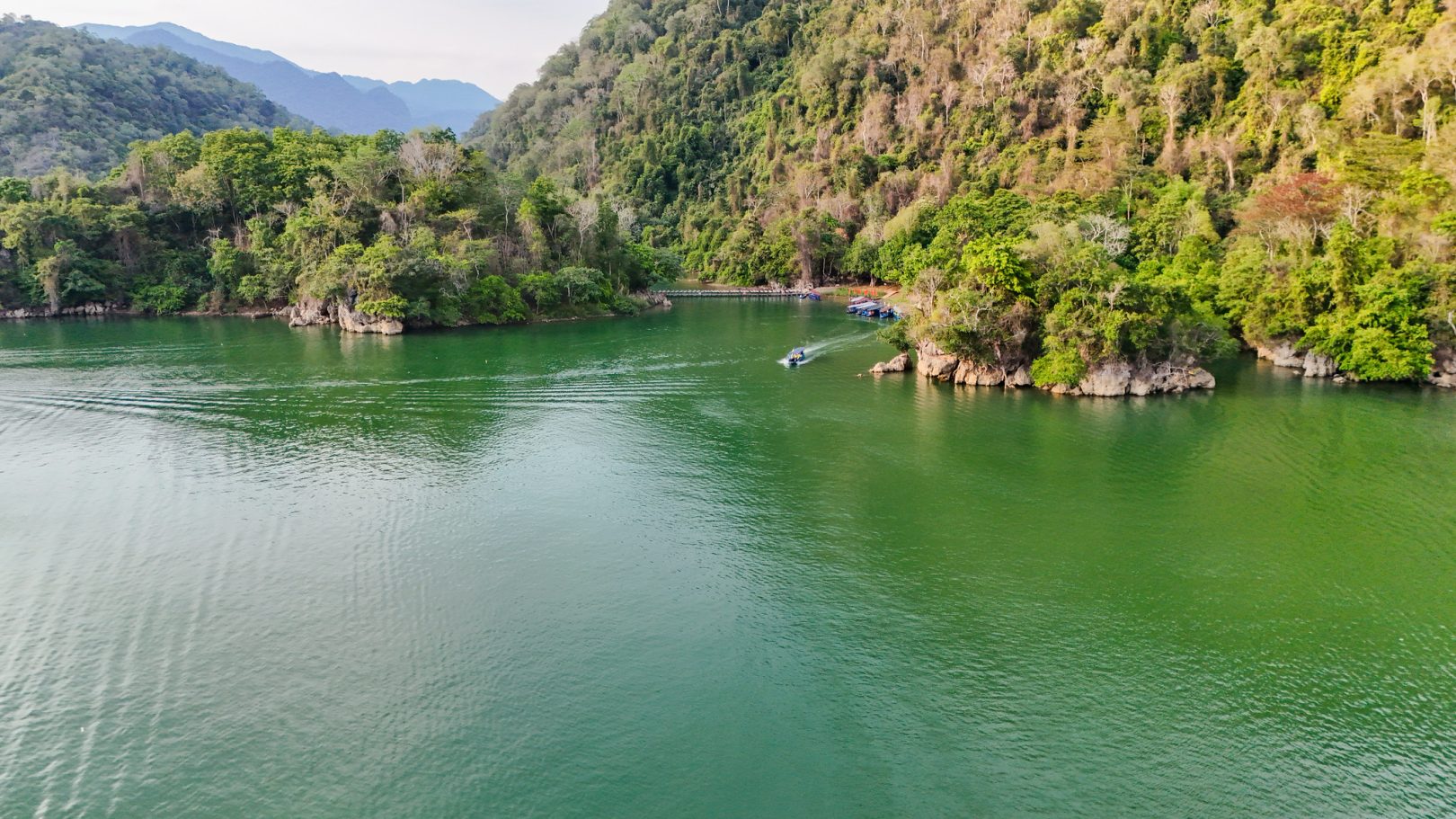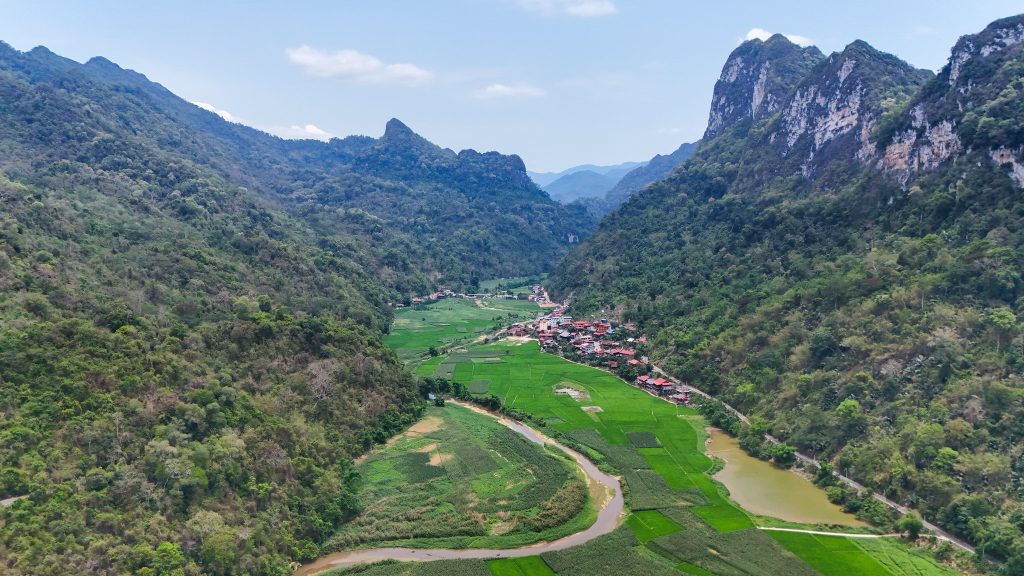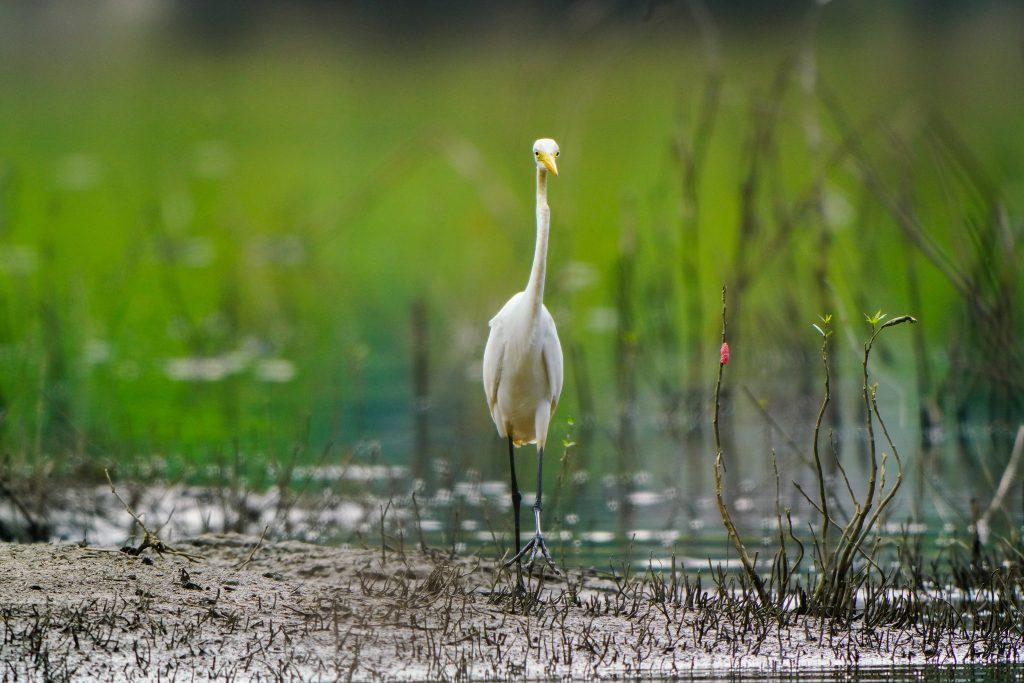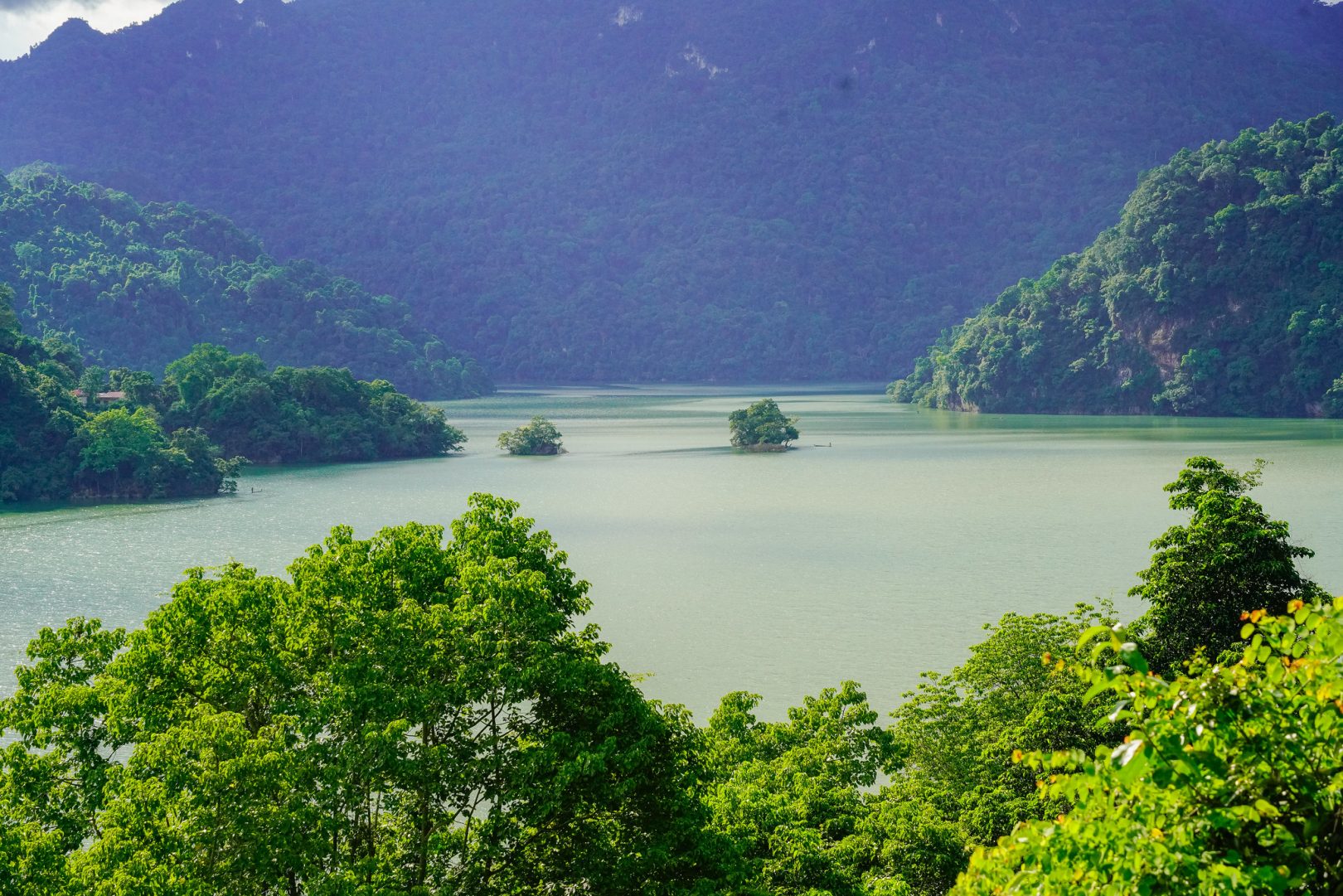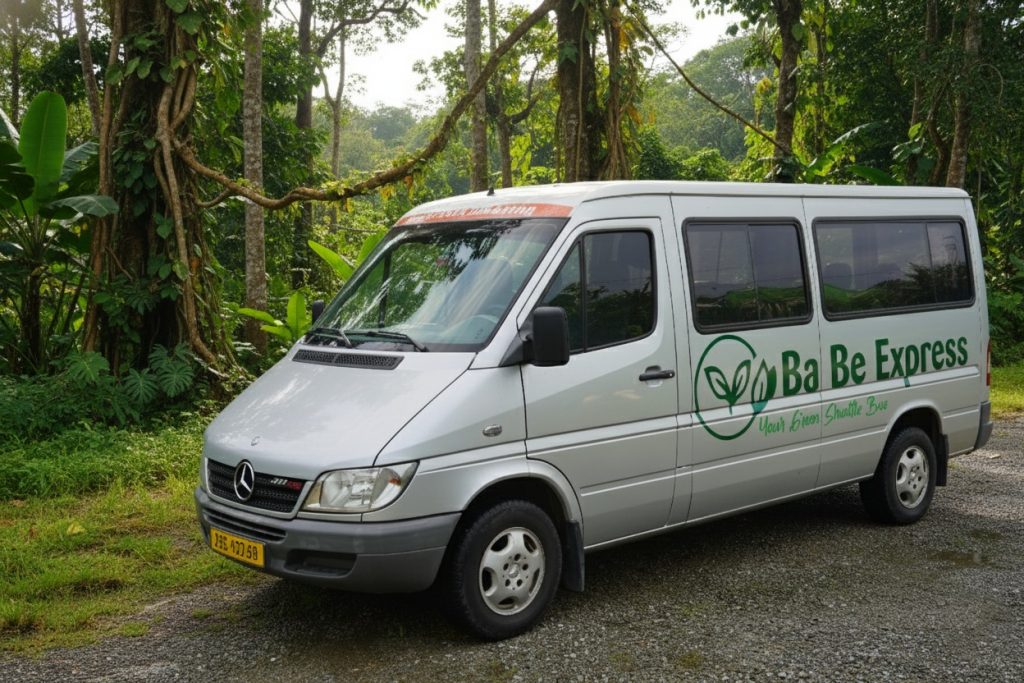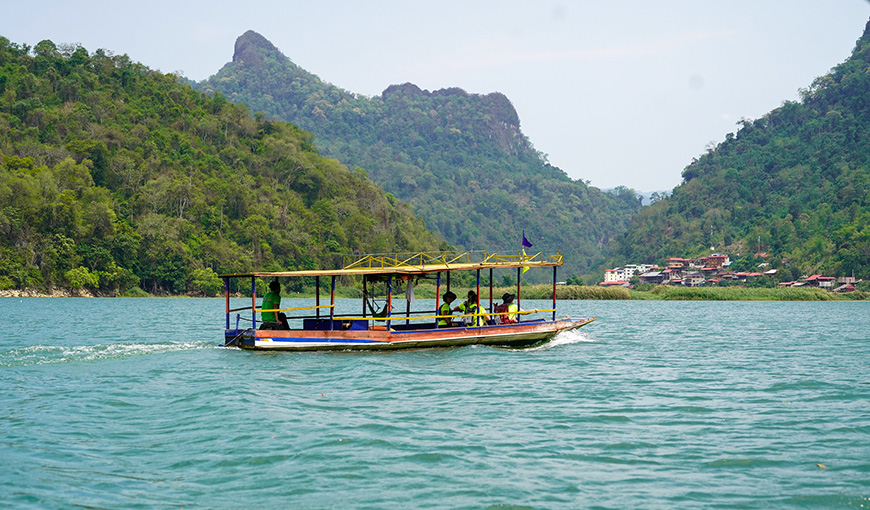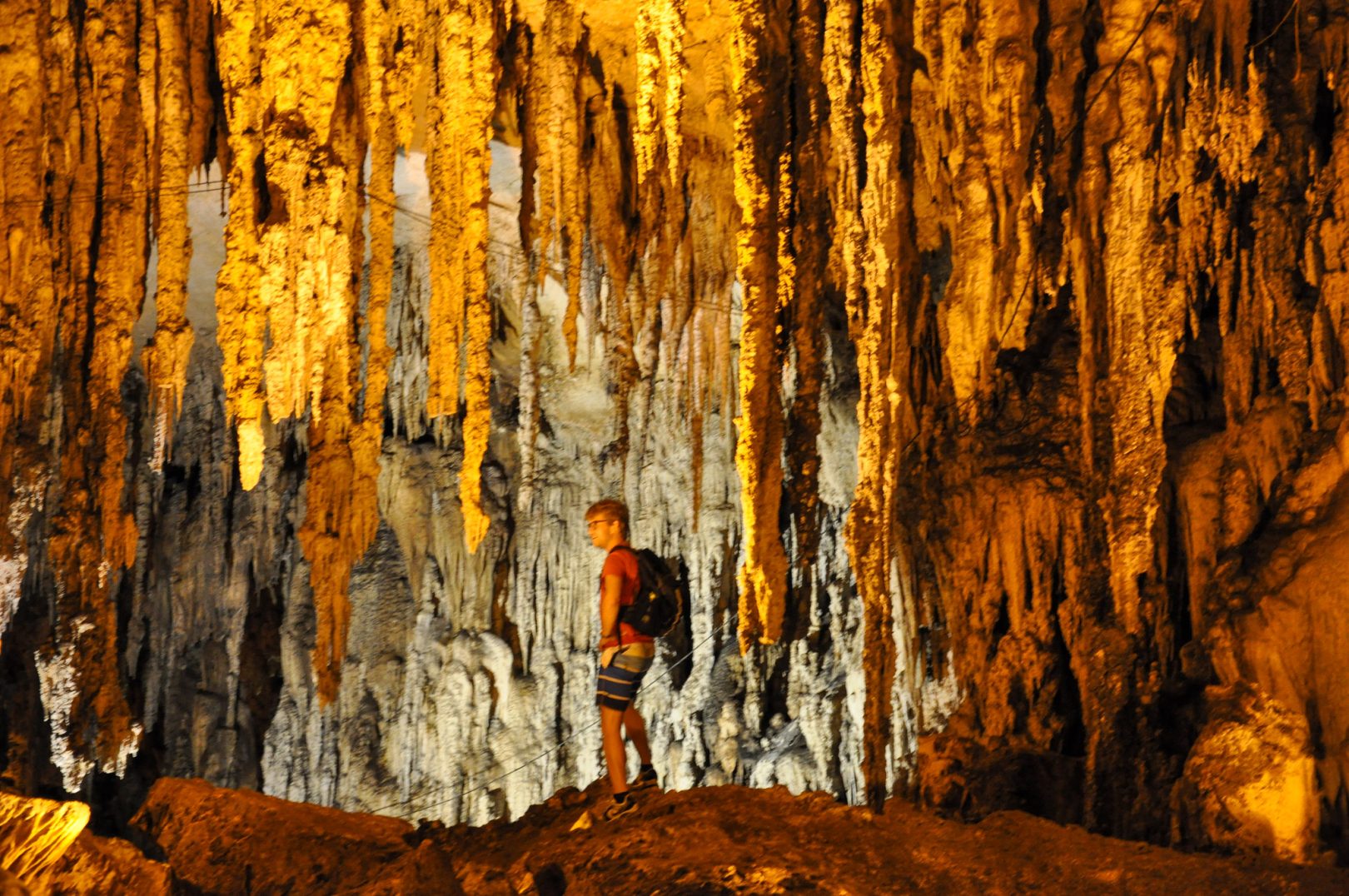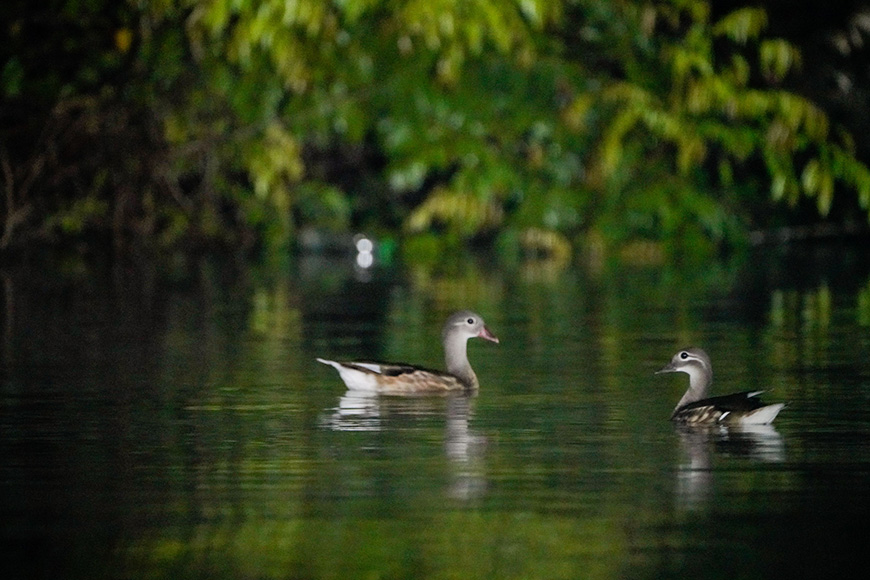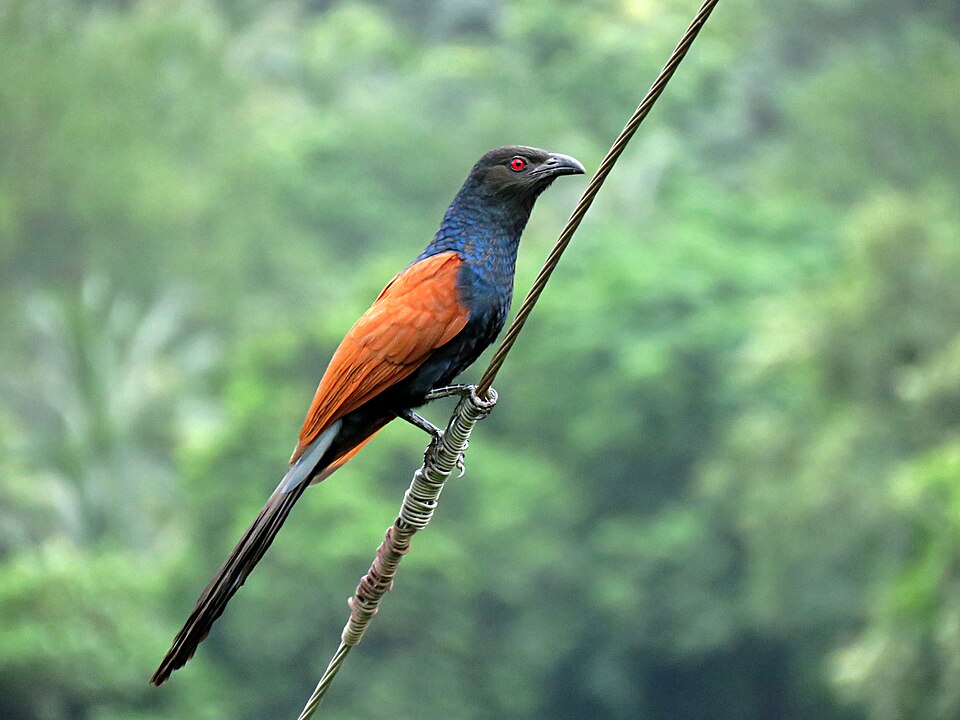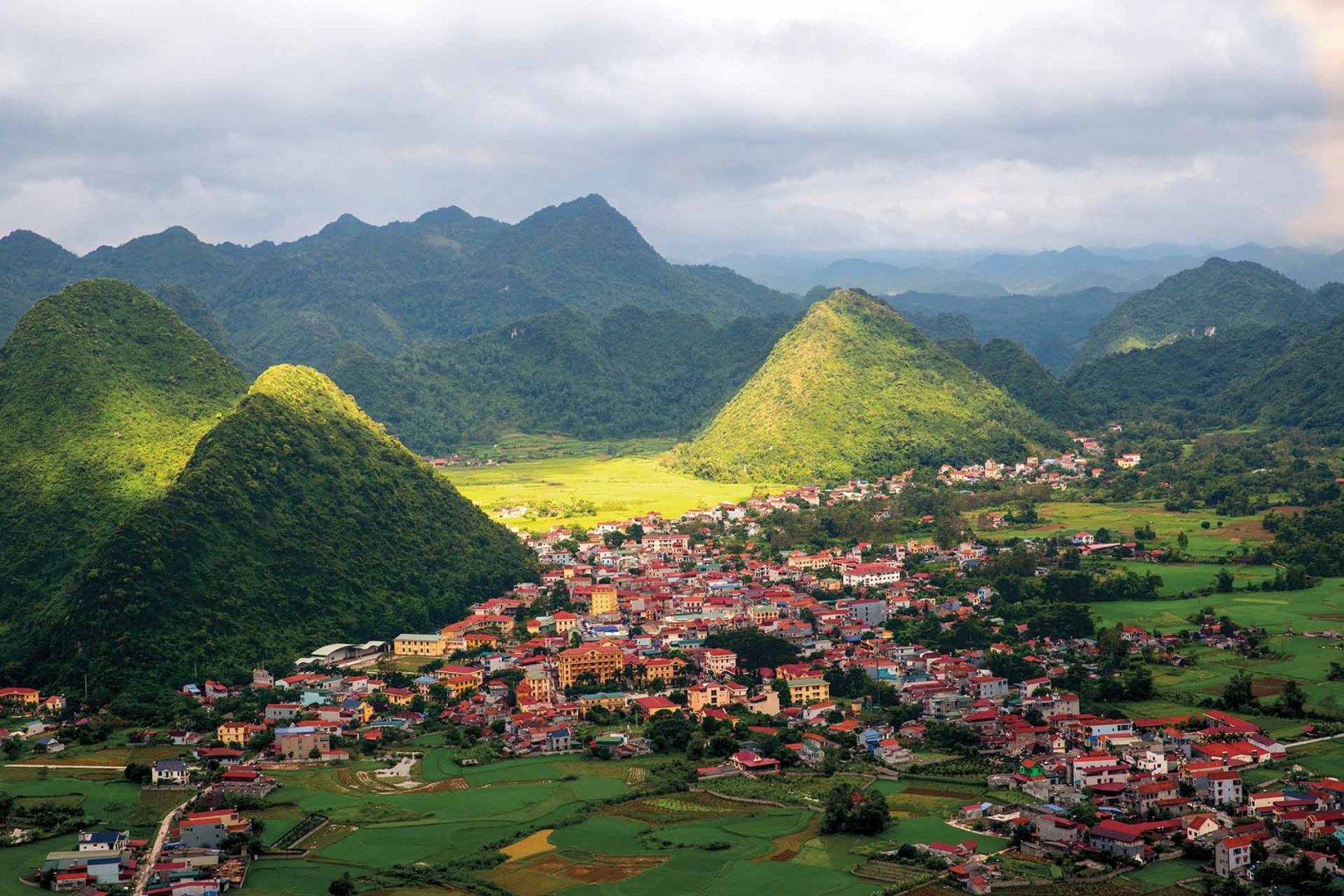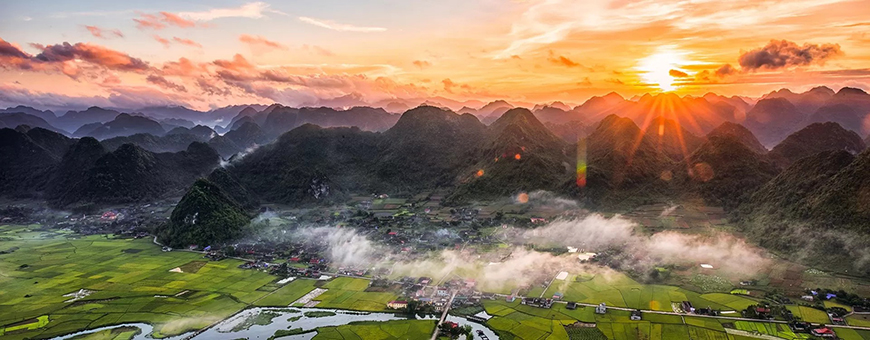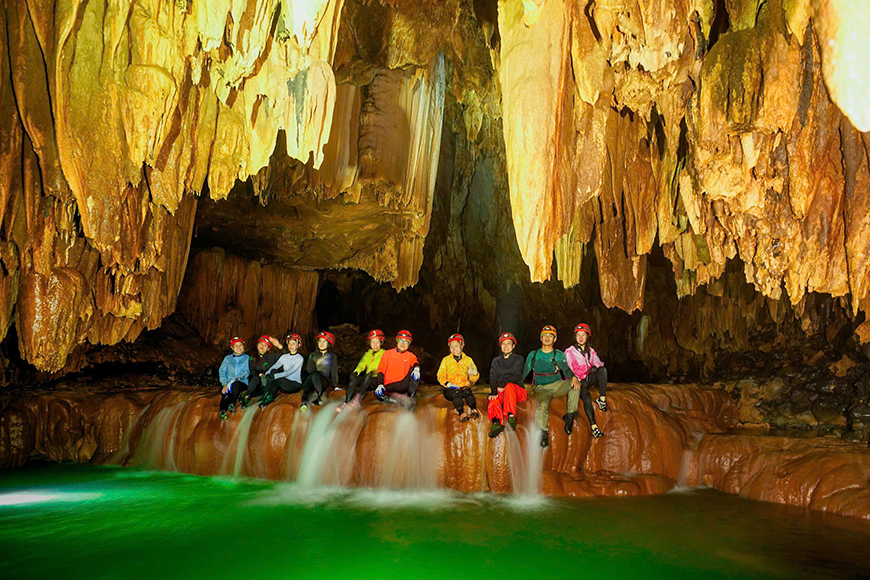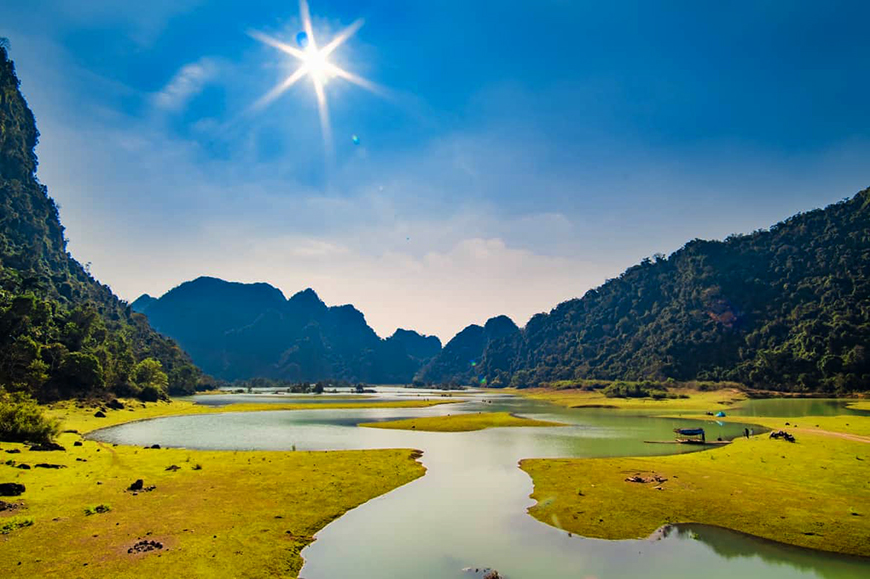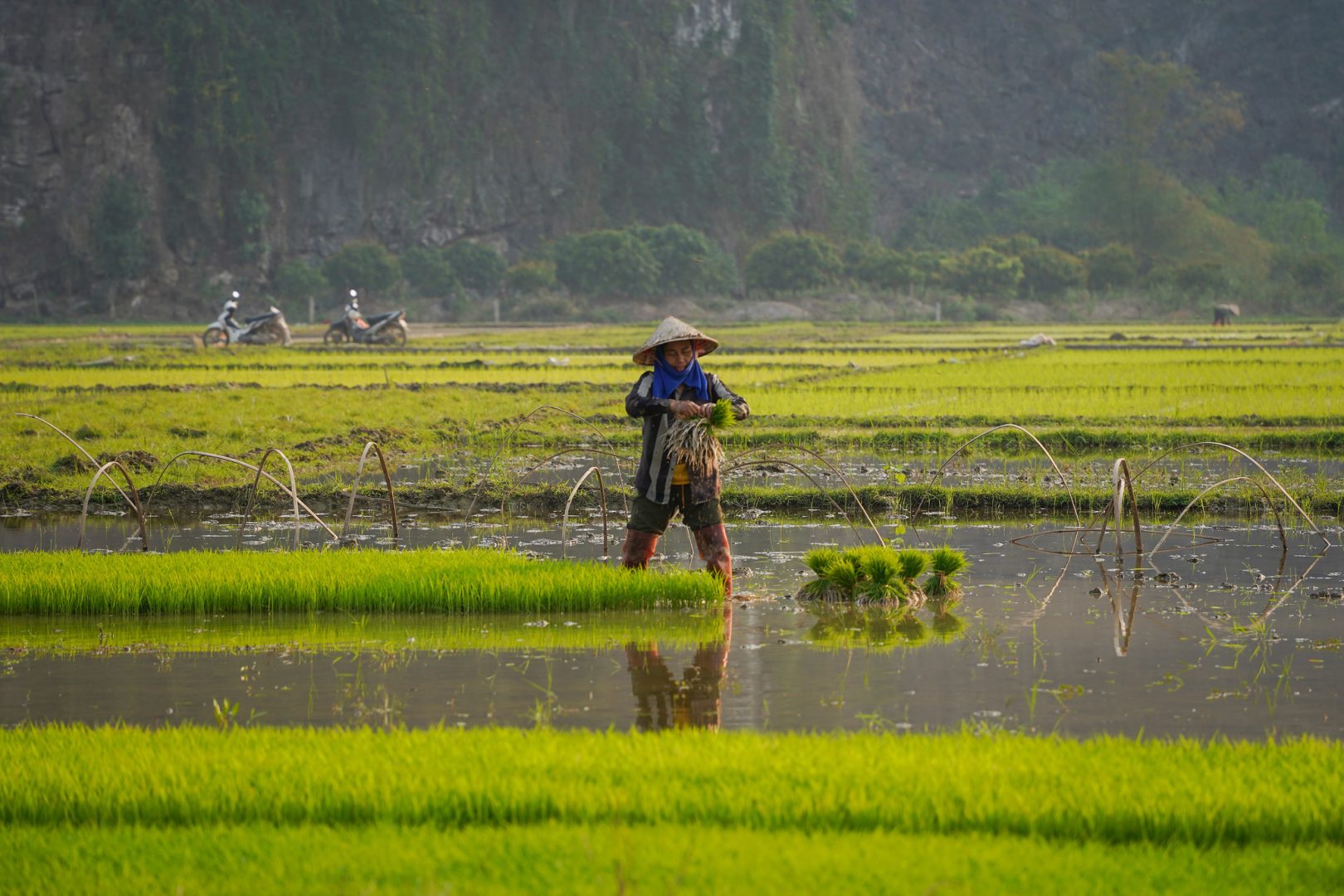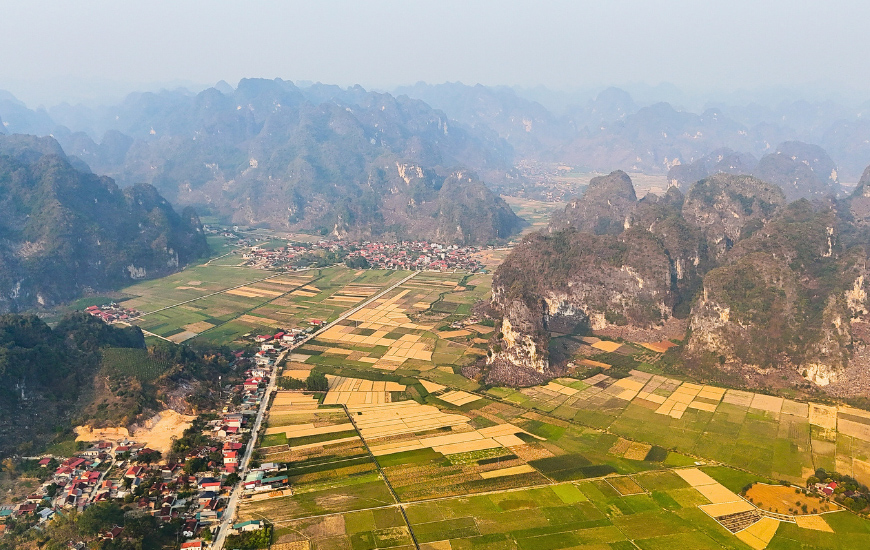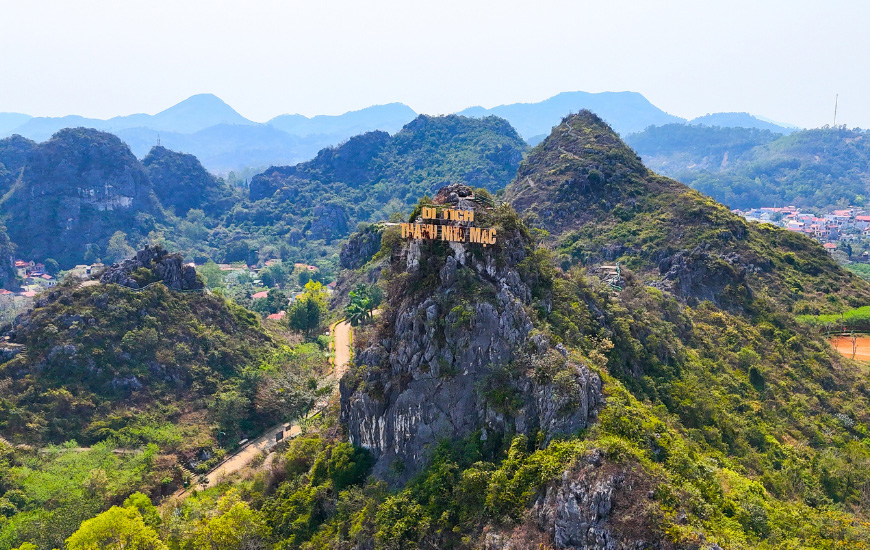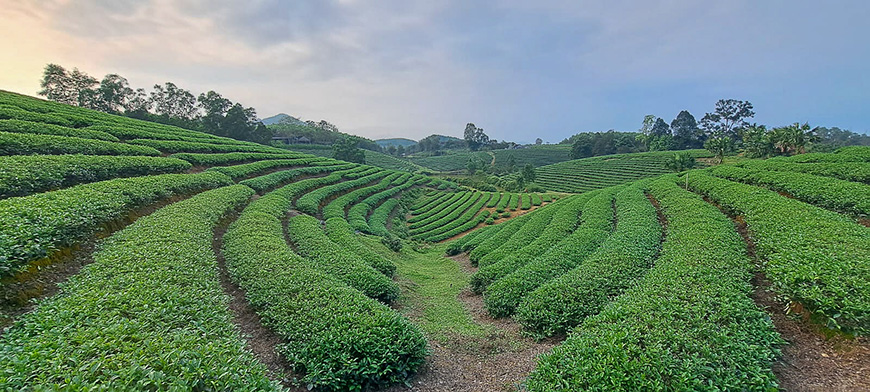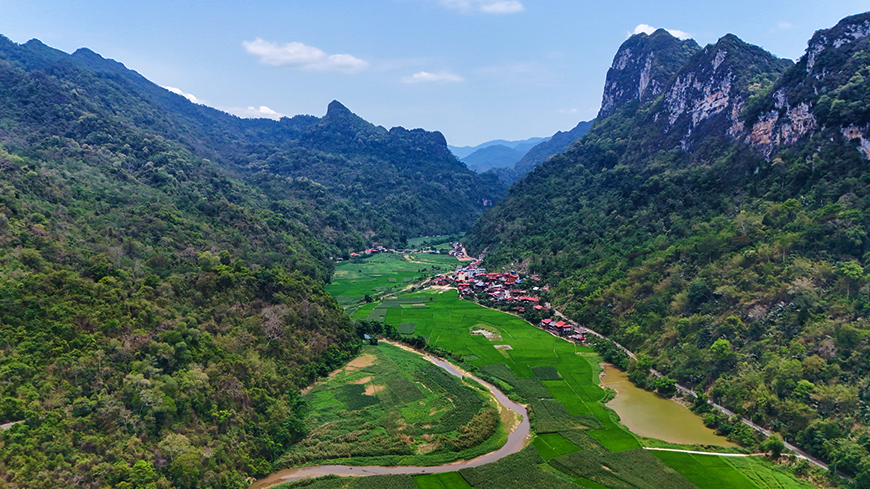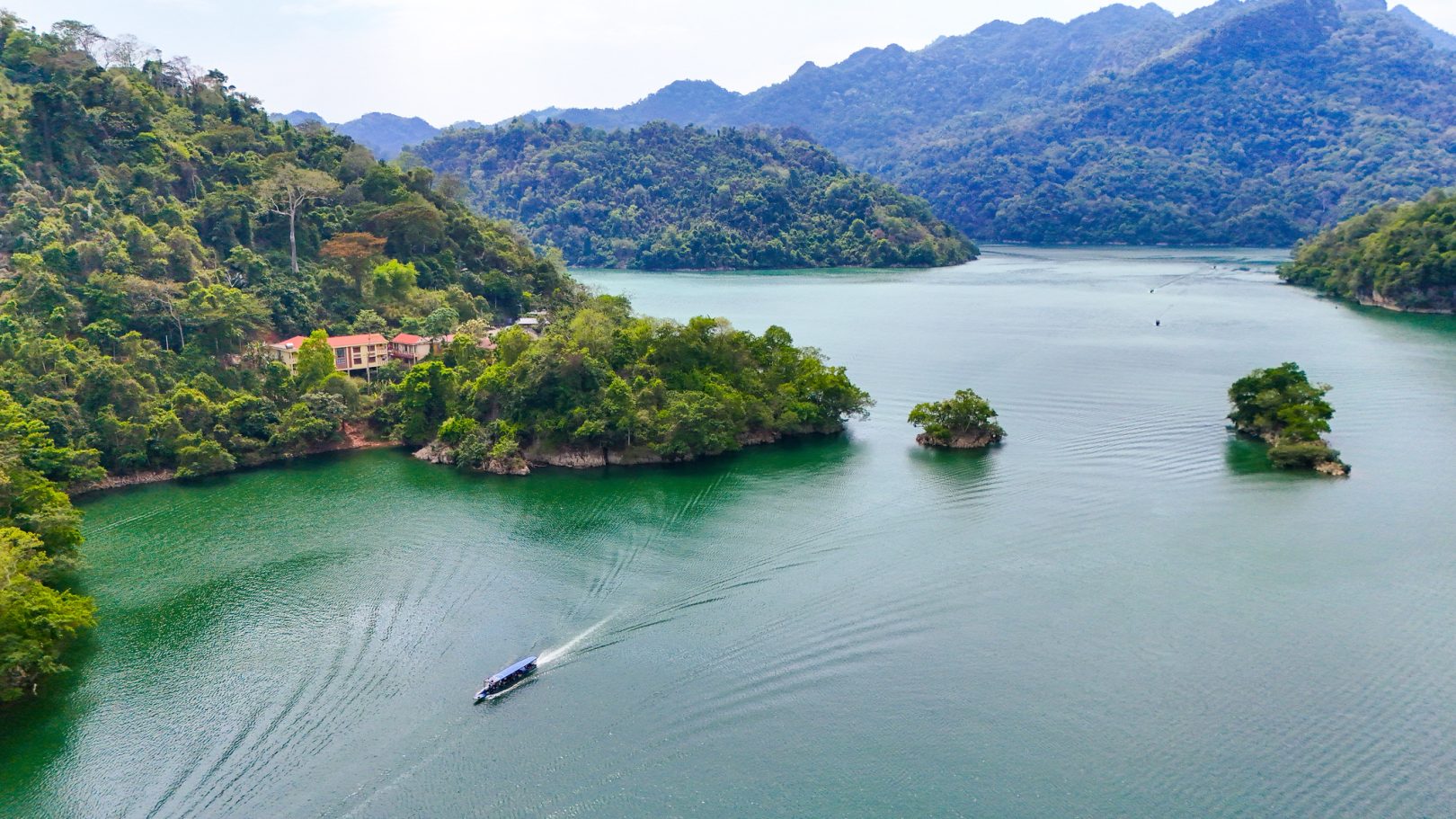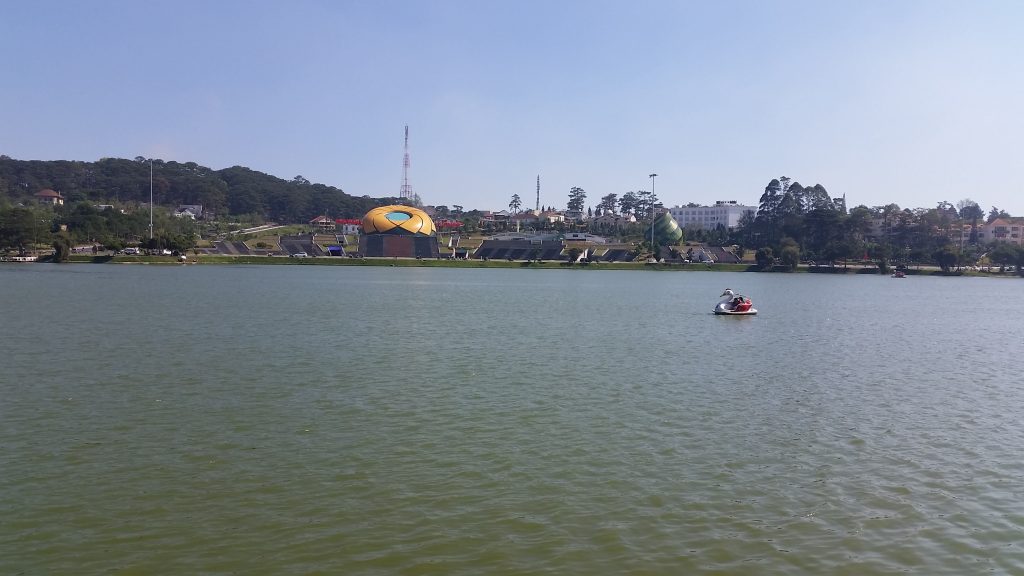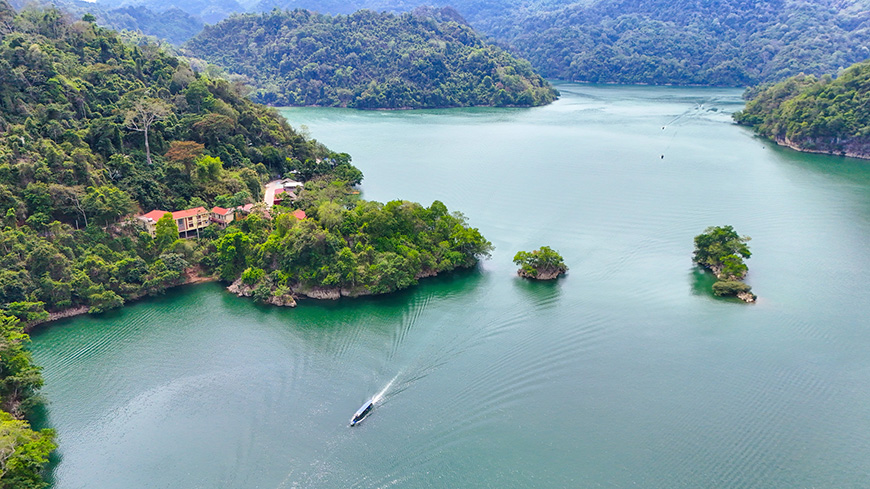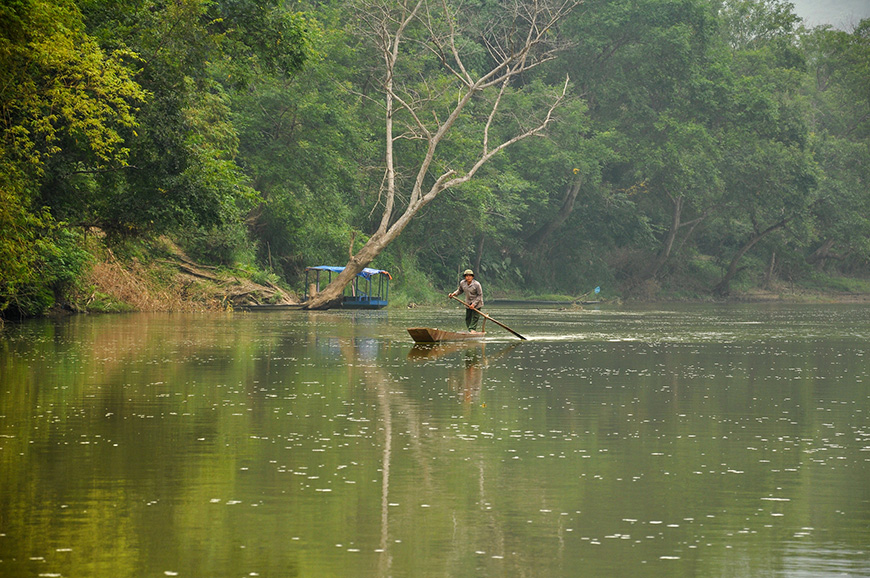Trekking, caving and diving
A week of challenges
Do you wonder if staying a week in Ba Bể is worth it? The short answer is a big YES! Forget the typical tourist circuits and get ready for a total immersion. From your home base at Ba Be Jungle Houses, here is an intense itinerary to deeply connect with nature and local cultures.
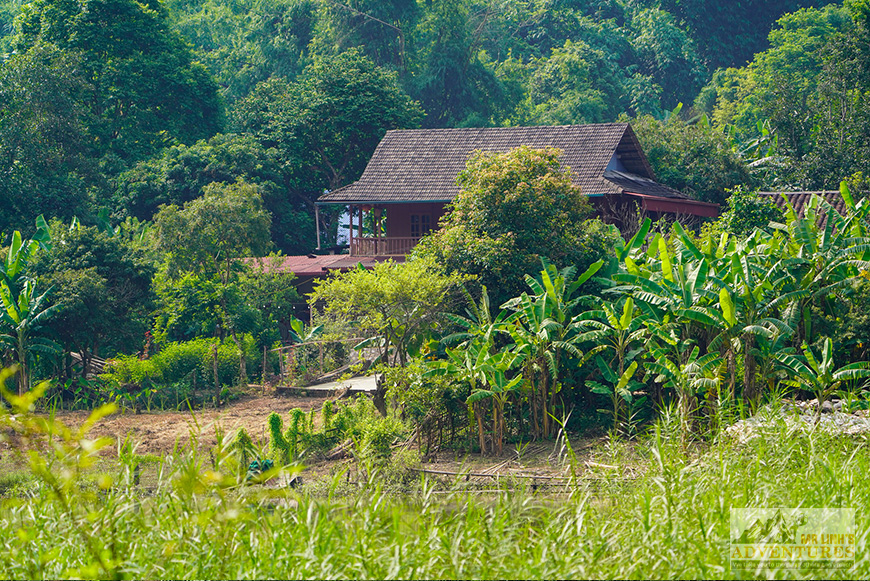
Days 1-3: Intense trekking and Red Dao immersion
- The challenge: Leave the roads behind for a moderate to difficult trek (15-20 km, 6-8 hours of effective walking per day) through the National Park. Be ready for climbs on narrow paths.
- The reward: Breathtaking views of the terraced rice fields and magnificent flora.
- The Highlight: Arriving at the isolated village of Na Nghè, an authentic hamlet of the Red Dao community.
- The cultural experience: Spend the night with a local family (a Dao family) to discover their traditional way of life. This is a chance for a rare human connection.
- Tip: A guide is strongly recommended because the trail has almost no signs. Day three is an easier hike for the return.
Day 4: Bamboo road and local life
- Change of pace: After the effort, it’s time for active relaxation! Go on a motorbike excursion (with or without a driver).
- The authentic market: Stop at Cho Ra, a local market that is an important meeting place for the Tày and Hmong communities. It takes place on specific days of the lunar calendar – ask your guide for the exact date!
- The bamboo cathedral: Head to Pu Lau to explore a majestic forest of giant bamboo, a Vietnamese symbol of resilience and nobility of spirit.
- The refreshing bonus: Finish with the Pu Lau waterfall, whose crystalline waters fall from nearly 100 meters high.
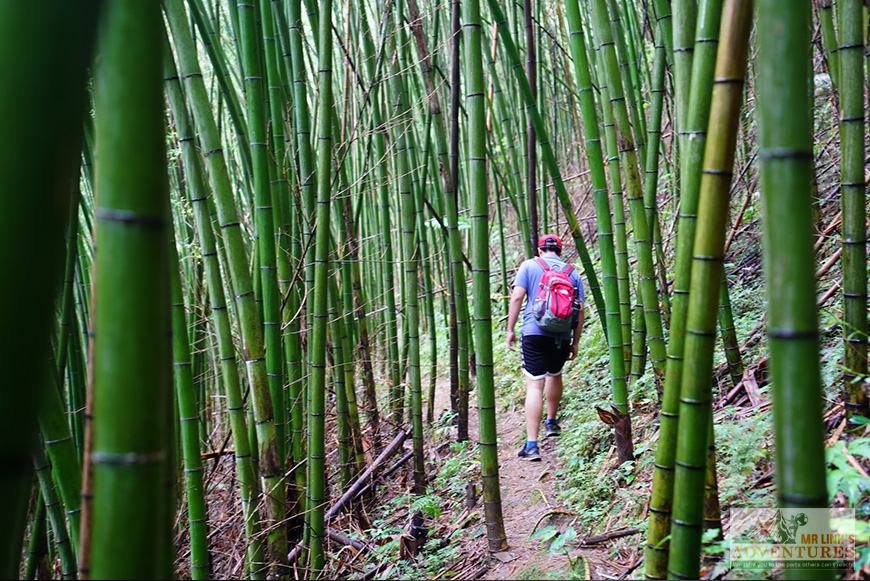
Days 5-6: Caving and kayaking
- The secret exploration: Get ready to explore the Thẩm Phầy Cave, nicknamed the “Sơn Đoòng of the North”. The entrance is preceded by an approach trek through the jungle and streams.
- The underground challenge: This 5 km underground network is crossed by a river, with steep cliffs and ancient stalagmites. Good physical condition and an adventurer’s spirit are essential.
- The magical night: After the exploration, stay overnight at the Bamboo Lodge, a simple accommodation near Tham Phay, for a starry night by the campfire.
- Return and relaxation: On Day 6, after a very early safari to observe birds, return to the central area of Ba Bể. In the afternoon, enjoy a kayaking session on the Năng River.
Day 7: Tày culture and departure
- Authentic goodbye: Enjoy this last morning for a traditional boat tour on Ba Bể Lake.
- The Tày culture: The lake is bordered by many villages of the Tày ethnic group. This is an opportunity to discover their traditional stilt houses, music (Then singing, UNESCO intangible heritage since 2019), and weaving techniques.
- Taste of Ba Bể: Don’t leave without honoring the local specialties for lunch, such as grilled lake fish or the famous Bánh Gai (sticky rice cake).

This is just a suggested adventure! The soul of Ba Bể lies in the culture of the Tày ethnic group living on its shores. You can modify this itinerary to spend more time exploring their traditional stilt houses or meeting local artisans.
Inspired by the article from Mr Linh’s Adventures, published on the Ba Be National Park Website.
